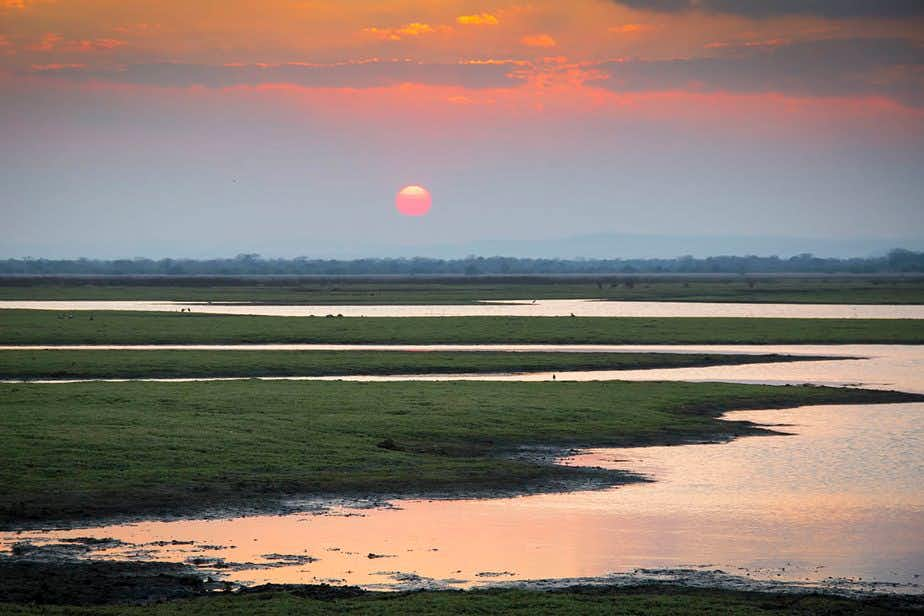Login
No account yet?
Create Account
Gorongosa National Park
This park used to be more beautiful than the famous Kruger National Park
0 travellers have this on their Bucket List
0 been here
Gorongosa National Park in Mozambique is a very unusual place. There is an interesting project taking place in Gorongosa. A wealthy American is spending millions to restore it to its former glory.
The Intriguing Story Behind Gorongosa
An American is spending millions to restore Gorongosa National Park, which used to be more beautiful than Kruger National Park. And when you visit you'll learn all about its history.
That American is philanthropist Gregory C. Carr, who got wealthy as one of the first internet providers in the nineties. These days he wants to improve the world. He’s investing around 40 million dollars into Gorongosa National Park, after which the tourists will have to fund the care for the animals and the locals.
It’s high time I visit this remote part of Mozambique. The first thing you notice are the many construction sites. They are improving the very poor access road, as well as the tourist accommodation and fences around the Chitengo Safari Camp. The pool is finished, which is a welcome relief from the above-30-degree (Celsius) temperatures and a humidity of 80 per cent.
Mount Gorongosa
Mount Gorongosa is 1863 metres high and is destined to become the literal crown of the national park. It’s not always obvious, but the diversity present here is huge.
On safari in Gorongosa
So don’t expect to see huge numbers of animals (yet), but an ecosystem that’s gradually recovering. Once upon a time there were more than 2,200 elephants, 200 lions, 14,000 buffalo, 5,500 blue wildebeests, 3,000 zebras, 3,500 waterbucks, 3,500 hippos and herds of elk, sable antelope and hartebeest. The area used to be more famous than Kruger National Park, one of Africa’s modern icons.
It’s sad but true: only the waterbucks are still abundant here. There’s one simple reason: they don’t taste nice. And due to lack of many predators, you almost trip over warthogs, olive baboons and oribis. But the number of lions is increasing, wild dogs are here, as is the number of elephants. Though poachers remain a problem, as the park is not fenced, and there are many people living near the park.
There is a small boat that takes people to the village across the river, and for good reason. Recently, two women have been killed by Nile crocodiles. There are signs warning locals of the dangers, but I still see a man calmly wading through the river.
Difficult to understand
For westerners, it can be difficult to understand the situation here. It’s literally an entirely different world. I spoke to the locals about poaching. For centuries, they have had different views of animals from me. Furthermore, many don’t understand why tourists come to look at animals, and take photos of them. But they haven’t eaten kudu, buffalo or zebra for many years.
Visiting Gorongosa National Park
Gorongosa National Park is more than 4.000 km2 in size, with its own possibilities and challenges. In the wet season the forests and savannahs turn into a swamp. When the first rain falls, the area really comes to life. It’s the true African wilderness.
If you travel around, you can see the great potential of this area, with a future for it to be like a paradise. I’m definitely returning here, that’s for sure.
0 travellers have this on their Bucket List
0 been here


